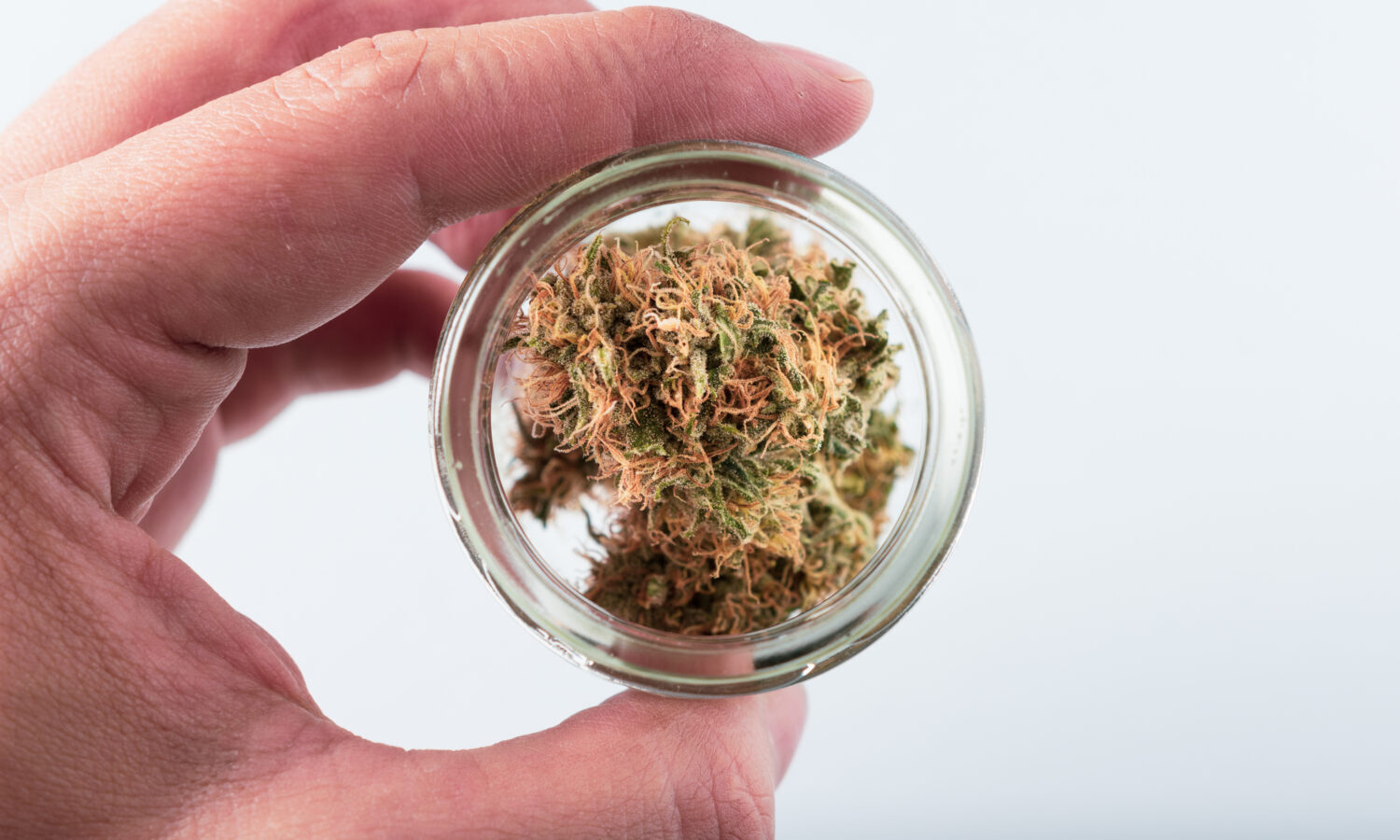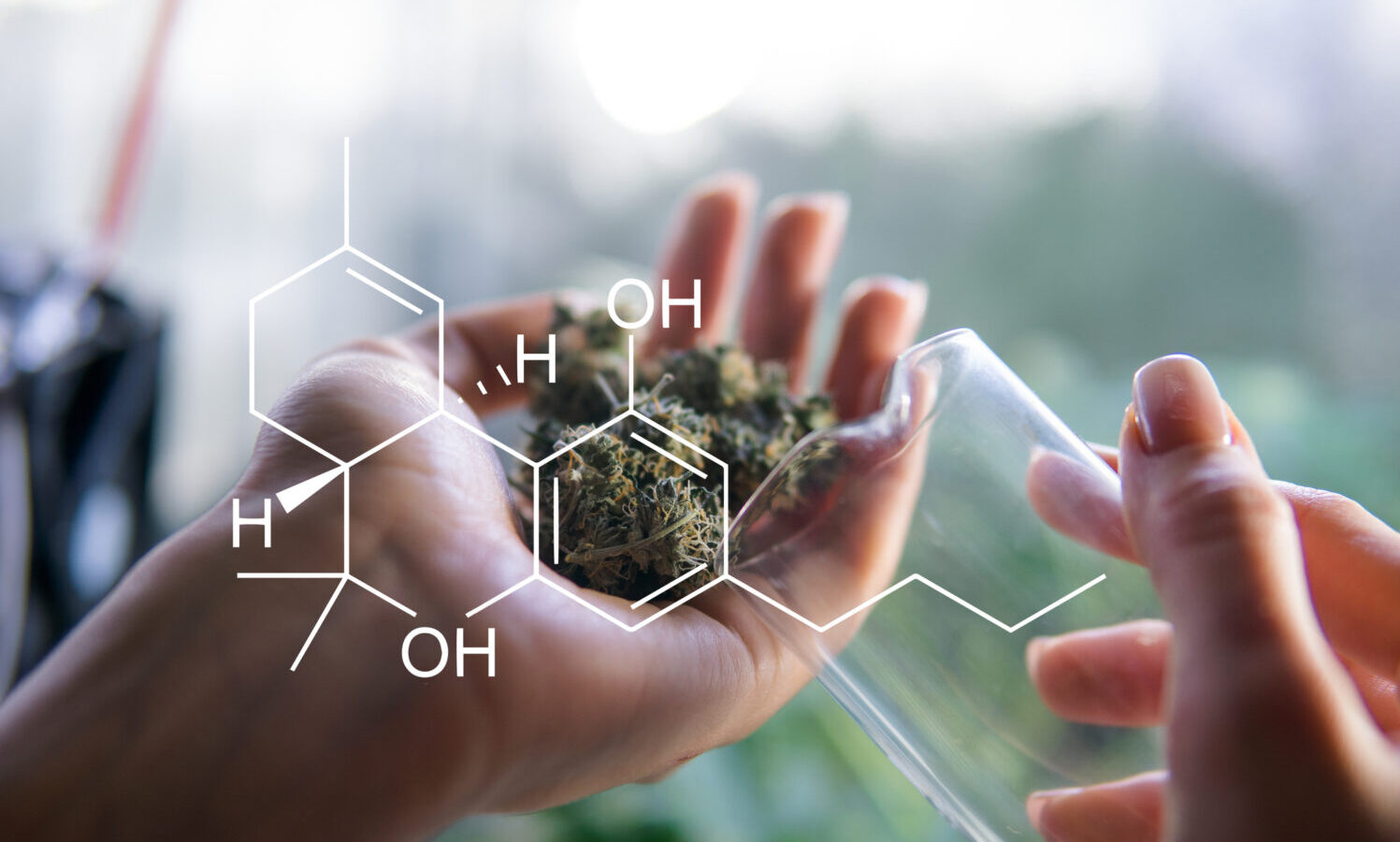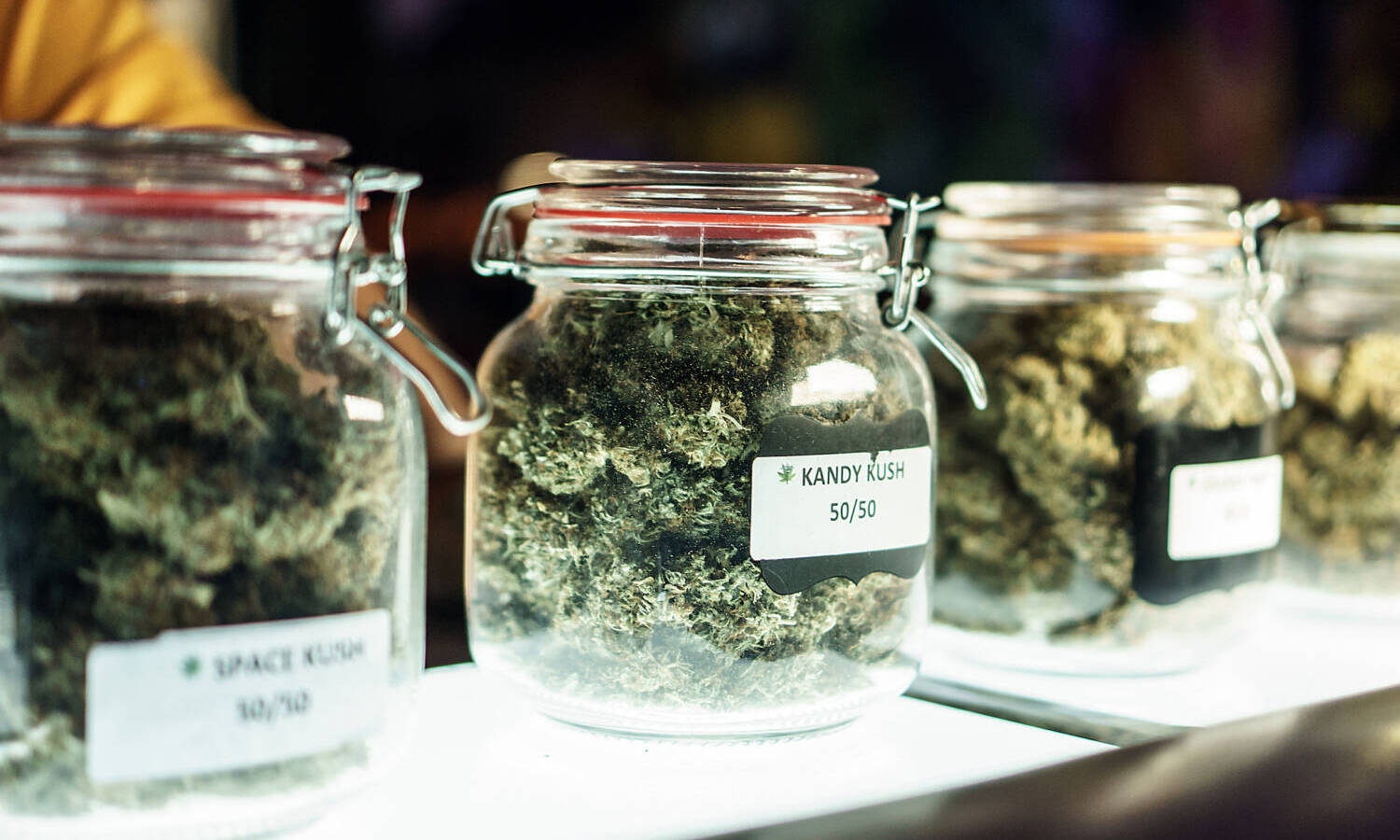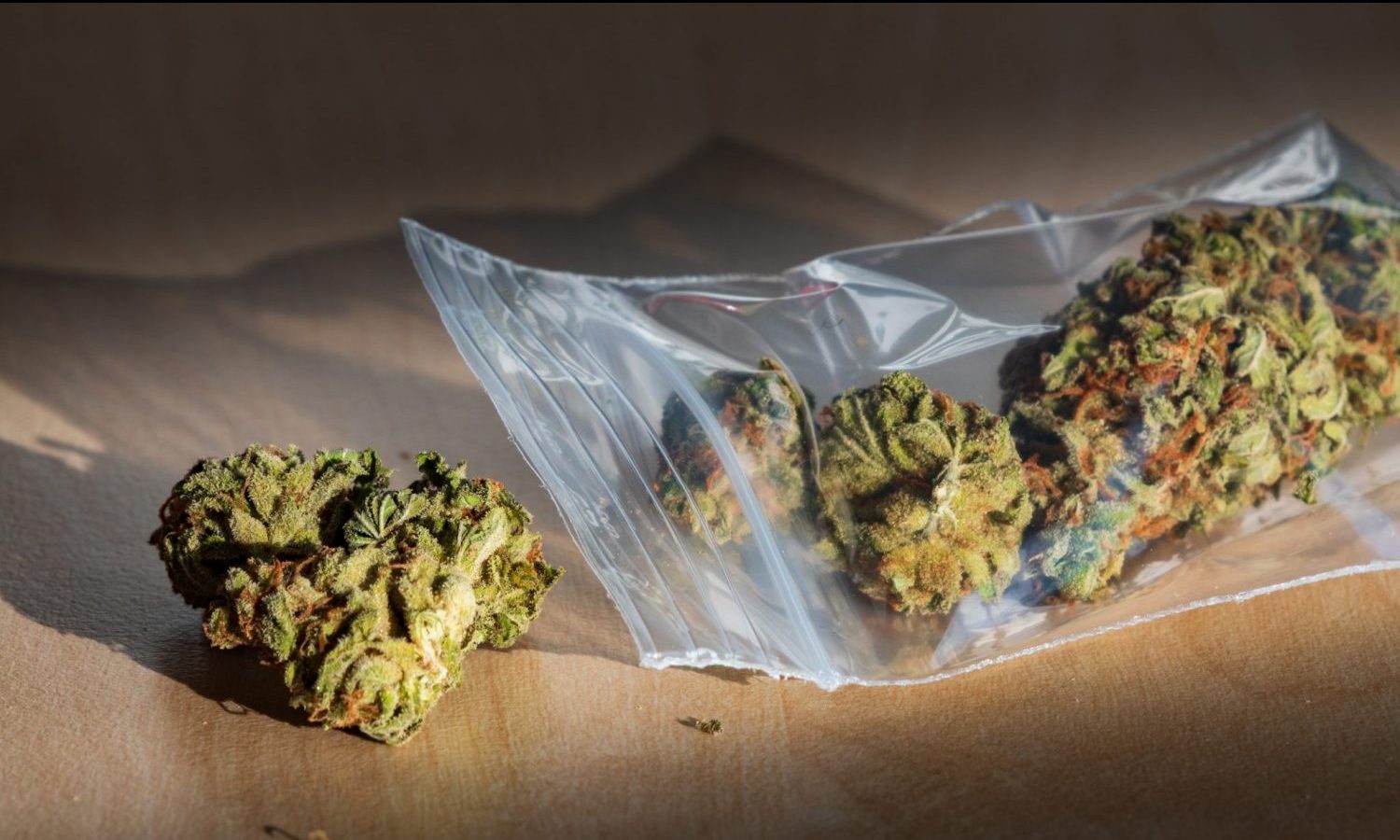When you’re shopping for a cannabis product, you should definitely take the percentage of TAC into account in addition to the THC in order to make an informed decision. Here’s why.
Have you ever felt overwhelmed by all the information on cannabis labels like THC vs. TAC? After all, there are a lot of acronyms, percentages, and ingestion methods to learn about, and finding the right product may seem tricky at first. The good news is that with a little Canna 101 education, you’ll know exactly what your product label means.
While THC may be the most well-known cannabinoid next to CBD, the TAC number may be the most important figure on a cannabis label. Exactly what does TAC stand for, and why is it relevant? And, does TAC get you higher?
What is TAC?
TAC stands for Total Active Cannabinoids, which refers to the concentration of active cannabinoids present when the cannabis was tested in a lab. In contrast to pharmaceuticals, which typically consist of only one active compound, cannabis consists of a variety of active molecules.
According to estimates, cannabis (hemp and marijuana) contains over 400 compounds, with over 100 of them being cannabinoids. Generally, they can be categorized as follows:
- Cannabinoids
- Terpenoids
- Flavonoids
- Alkaloids
- Glycoproteins
Cannabis products are measured by their TAC, which measures the concentration of total active cannabinoids. Some key cannabinoids to consider include:

Tetrahydrocannabinol (THC)
Tetrahydrocannabinol is commonly referred to as THC, which is the main constituent of marijuana. Scientifically, it is called delta-9-tetrahydrocannabinol or delta-9-THC in its active state. In addition, this produces the euphoria or “high” associated with marijuana consumption. It is generally believed that a high produced from high concentrations of THC will be more intense than one with low concentrations of the ingredient.
Cannabidiol (CBD)
In terms of popularity and demand, CBD is perhaps the best-known and most in-demand cannabinoid, in addition to THC. CBD has a range of potential health benefits including relieving stress and inflammation. The TAC includes any CBD in your product. Most importantly, CBD is non-intoxicating, in contrast to THC.
Cannabinol (CBN)
CBN is commonly thought of as the sleep cannabinoid. There is a wide range of therapeutic effects associated with non-intoxicating CBN. According to early research, cannabinol may reduce pain and improve sleep.
Cannabigerol (CBG)
As a non-intoxicating compound, CBG may reduce the psychoactive effects of THC, similarly to CBD. By doing so, cannabis users can enjoy the benefits of THC without being impaired by intense highs.
While this effect may be mediated by the endocannabinoid system, this effect could also be due to CBG’s effects on the alpha-2 adrenergic receptors, which dampens sympathetic nervous system activity.
Cannabichromene (CBC)
While this compound was first identified 50 years ago, its benefits remain unclear. Nevertheless, it is known that similarly to THC and CBD, CBC also derives from cannabigerolic acid (CBGA). However, not much is known about how the less common cannabinoids affect human biology.
TAC is often mistakenly referred to as Total Aerobic Count by novices in the industry. It differs from Total Active Cannabinoids in that it refers to a different aspect of the plant’s composition. Using the total aerobic count, you can measure how many microbial cells are present in the cannabis sample.

THC vs TAC: Why do they differ?
As the name implies, TAC specifies the chemical composition of any hemp or cannabis plant by providing a list of its active cannabinoids. Therefore, TAC represents the product’s total cannabinoid levels. In contrast to THC, which is just one compound, TAC takes into account the entire spectrum of active cannabinoids contained within the product.
How are THC and TAC related?
There is a significant interaction between THC and TAC components. For example, CBD can potentially decrease anxiety from THC, altering the overall psychoactive experience.
Also, it is worth noting that certain TAC cannabinoids, for example, CBGA, contribute to the production of THC. CBGA, a form of CBG that is acidic, breaks down into CBG and then breaks down further into other cannabinoids, such as THC.
How does TAC influence the entourage effect?
In theory, the entourage effect describes the synergistic interaction of cannabinoids, terpenes, and flavonoids in cannabis. According to the theory, all the cannabis plant’s components, including phytocannabinoids and terpenes, enhance each other’s effects.
The TAC plays a major role in the entourage effect. However, along with cannabinoids, there are other compounds of importance, including fatty acids, terpenes, and flavonoids. And although the majority of the other compounds are not well understood, the entourage effect relies on all of them.
Cannabis strains are characterized by their unique flavors due to terpenes. Cannabis crops are not the only crops that produce terpenes, as every plant, fruit, and flower produces them. Some common terpenes include limonene, pinene, linalool, and eucalyptol. Moreover, terpenes can exert psychoactive effects, which is why some terpenes are sedating.
Flavonoids, however, provide plant pigments, and are particularly noteworthy for their antioxidant properties. Aside from this, the mechanism by which they contribute to the entourage effect must still be explored.

THC vs. TAC: key takeaways
So, what’s the verdict? Is THC better than TAC? As we mentioned earlier, that’s not really the point of this comparison. The purpose of comparing TAC vs THC is not to identify which is more beneficial or “better” in terms of purity or potency. Instead, it means that when you’re looking for a cannabinoid product, whether it be for medicinal or recreational use, you should definitely take the percentage of TAC into account in addition to the THC in order to make an informed decision.
RELATED: Is Smoking Weed Bad For Your Lungs?
The TAC percentage provides a more detailed picture of the entire cannabis product. However, if strength is your main concern, you may want to look for a product that has a higher percentage of THC. Of course, it’s important to remember that everyone reacts differently to cannabinoids, so always start with a low dose and increase as needed.
Find top-rated products for your goals
Jointly is a new app that makes it easy to discover the best cannabis and CBD products for your specific goals.
If you’re ready to discover your perfect cannabis experience, download the Jointly app today on the App Store or the Google Play Store.
Are you curious about Jointly?
Whether you’re looking to improve your sleep, relieve daily stress, or relieve aches and pains, Jointly can match you with a cannabis or CBD product that can help. Jointly’s algorithm helps you discover top-rated products and brands that match your preferences, goals, and unique personality.
Sam Anderson is the content Director at Jointly, a cannabis wellness company powered by a proprietary data platform to help people reach their full potential. The company was created on the premise that purposeful cannabis consumption is the key to unlocking a better you. This article originally appeared on Jointly and has been reposted with permission.


